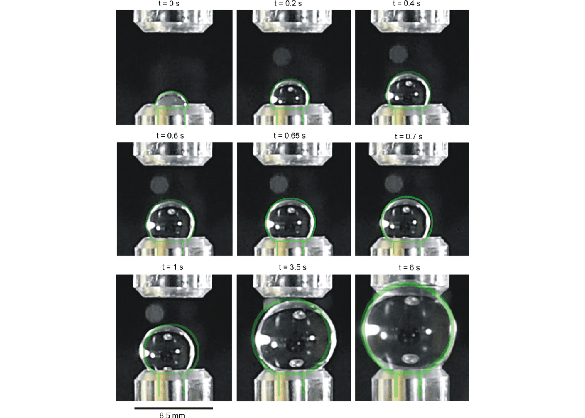Adapting the ring-sheared drop (RSD) technology as a bioreactor
PI: Amir Hirsa, Richard Bonocora (Co-I), Rensselaer Polytechnic Institute
PI: Amir Hirsa, Richard Bonocora (Co-I), Rensselaer Polytechnic Institute

- TA06 Human Health, Life Support and Habitation Systems
Many years of effort and investments by NASA and ESA have yet to produce a bioreactor for space that can perform as well as Earth-based bioreactors. This is primarily due to the fact that gas exchange on Earth is readily achieved by agitation, whereas free-surface flows are complicated in microgravity and traditionally avoided. In previous bioreactors for space, gas exchange is done via membranes. However, membranes foul easily and are far less efficient than free surfaces. The RSD technology offers several fundamental advantages over previous bioreactor designs for space: i) readily scalable, ii) no barriers to gas exchange, iii) no barriers to light transmission, iv) energy efficient mixing, and v) low reactor weight. All of these are a direct consequence of the fact that the RSD is essentially a sphere of liquid where containment is achieved by the action of surface tension, and motion is transmitted by the action of surface shear viscosity.
Technology Details
-
Selection DateREDDI-F1-18 (Aug 2018)
-
Program StatusActive
- 0 Parabolic
Development Team
-
PIAmir Hirsa
-
PI Organization
-
Co-IRichard Bonocora
-
Co-I Organization
-
SponsorNASA

